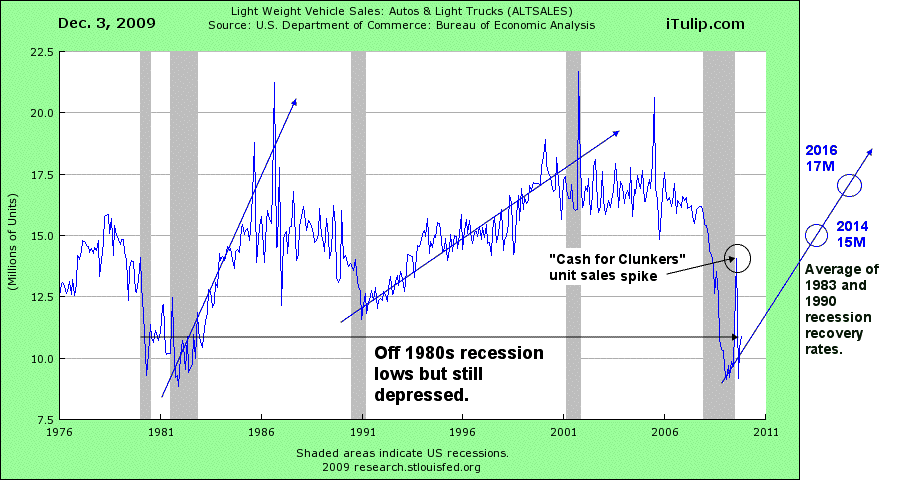Re: Asylum Markets of the post FIRE Economy – Part I: Locked Up - Eric Janszen
It all depends on definitions. Most of the people that have called hyperinflation are thinking of Zimbabwe or Argentina or Weimar Republic. I've posted here the term "rampant inflation", that is the one we had here in Mexico from Dec. 1973 to Jul. 1997. My personal definition about it marks a 20% sustained yearly inflation as a minimum, and a maximum of about 200%.
And, for people thinking right now in getting to Mexican Pesos due to recent strength, the only ones I recommend are the ones defined in the 1905 monetary law, and shown by EJ at the beginning of this thread, and yes, my gold stash is in that form.
Originally posted by FRED
View Post
It all depends on definitions. Most of the people that have called hyperinflation are thinking of Zimbabwe or Argentina or Weimar Republic. I've posted here the term "rampant inflation", that is the one we had here in Mexico from Dec. 1973 to Jul. 1997. My personal definition about it marks a 20% sustained yearly inflation as a minimum, and a maximum of about 200%.
And, for people thinking right now in getting to Mexican Pesos due to recent strength, the only ones I recommend are the ones defined in the 1905 monetary law, and shown by EJ at the beginning of this thread, and yes, my gold stash is in that form.

 , I'll post my 'Skin Magazine Index' for the past 3 years.
, I'll post my 'Skin Magazine Index' for the past 3 years.
Comment